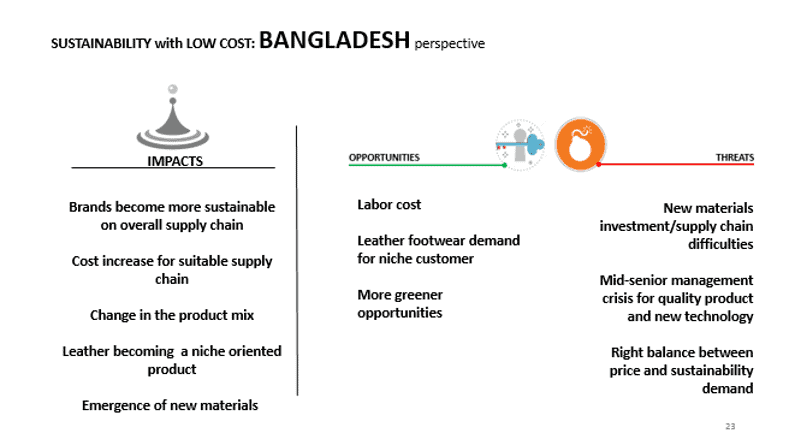
SUSTAINABILITY
It is not easy to measure how conscious or aware consumers are as compared with how they were a few decades ago. However, regardless of the level of awareness that consumers currently have, it is likely that they will live under more sustainable rules over the next decades. The impact of the growing cost of non-renewable resources will certainly explain part of that growing consciousness, as extraction, transportation and other indirect costs will continue to impact on the manufacturing process, and so be reflected in the products’ prices.
Supply chain tracking demand
The consumer will demand information about the manufacturing process, and questions will range from the origin of the materials and products, to details about the working conditions. Common queries relating the leather will include questions about the conditions under which the cattle was raised and the process used to treat the raw material before manufacturing, similarly to what happened to food industry where some products have to include indication on the packaging about the entire supply chain.
Sustainable rules and regulations will increase
This will result from new impositions from regulators, or by increasing standards set by the companies as part of their internal strategies, or by a more informed group of customers
Increasing labor costs
Since 2005 footwear prices have increased above general inflation levels due to increasing production costs, as labor costs grow and there is a lack of alternative countries which combine low costs workforce, a huge supply of staff and the scale to implement production units

Change in the product mix
Change in the product mix, with leather potentially becoming a niche orientated product
Emergence of new materials
Higher leather prices will allow new materials to emerge, such as plastics and synthetics
Data Source:
FOOTWEAR CONSUMER 2030
Publish by APICCAPS 2014



